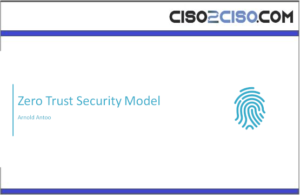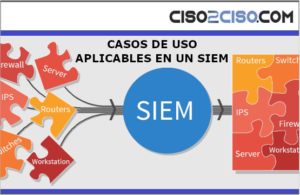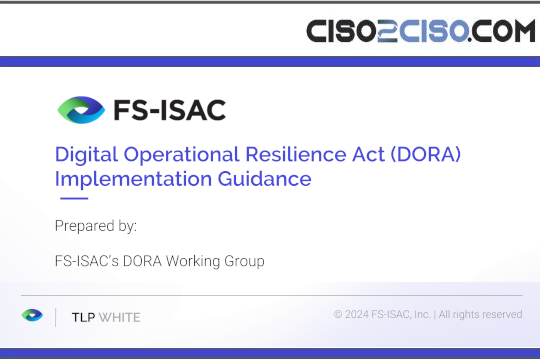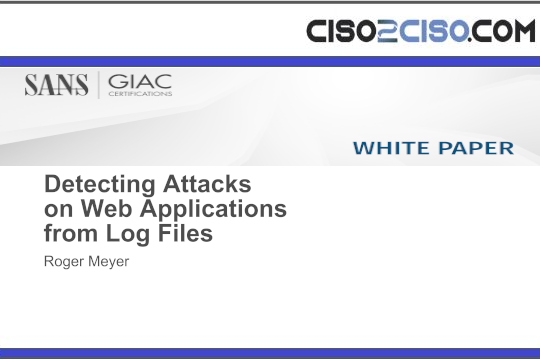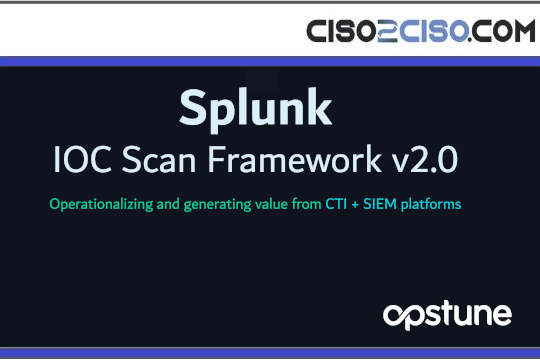Posted by Eduardo Vela, Exploit Critic
Cover of the medieval cookbook. Title in large letters kernel Exploits. Adorned. Featuring a small penguin. 15th century. Color. High quality picture. Private collection. Detailed.
The Linux kernel is a key component for the security of the Internet. Google uses Linux in almost everything, from the computers our employees use, to the products people around the world use daily like Chromebooks, Android on phones, cars, and TVs, and workloads on Google Cloud. Because of this, we have heavily invested in Linux’s security – and today, we’re announcing how we’re building on those investments and increasing our rewards.
In 2020, we launched an open-source Kubernetes-based Capture-the-Flag (CTF) project called, kCTF. The kCTF Vulnerability Rewards Program (VRP) lets researchers connect to our Google Kubernetes Engine (GKE) instances, and if they can hack it, they get a flag, and are potentially rewarded. All of GKE and its dependencies are in scope, but every flag caught so far has been a container breakout through a Linux kernel vulnerability. We’ve learned that finding and exploiting heap memory corruption vulnerabilities in the Linux kernel could be made a lot harder. Unfortunately, security mitigations are often hard to quantify, however, we think we’ve found a way to do so concretely going forward.
When we launched kCTF, we hoped to build a community of Linux kernel exploitation hackers. This worked well and allowed the community to learn from several members of the security community like Markak, starlabs, Crusaders of Rust, d3v17, slipper@pangu, valis, kylebot, pqlqpql and Awarau.
Now, we’re making updates to the kCTF program. First, we are indefinitely extending the increased reward amounts we announced earlier this year, meaning we’ll continue to pay $20,000 – $91,337 USD for vulnerabilities on our lab kCTF deployment to reward the important work being done to understand and improve kernel security. This is in addition to our existing patch rewards for proactive security improvements.
Second, we’re launching new instances with additional rewards to evaluate the latest Linux kernel stable image as well as new experimental mitigations in a custom kernel we’ve built. Rather than simply learning about the current state of the stable kernels, the new instances will be used to ask the community to help us evaluate the value of both our latest and more experimental security mitigations.
Today, we are starting with a set of mitigations we believe will make most of the vulnerabilities (9/10 vulns and 10/13 exploits) we received this past year more difficult to exploit. For new exploits of vulnerabilities submitted which also compromise the latest Linux kernel, we will pay an additional $21,000 USD. For those which compromise our custom Linux kernel with our experimental mitigations, the reward will be another $21,000 USD (if they are clearly bypassing the mitigations we are testing). This brings the total rewards up to a maximum of $133,337 USD. We hope this will allow us to learn more about how hard (or easy) it is to bypass our experimental mitigations.
The mitigations we’ve built attempt to tackle the following exploit primitives:
Out-of-bounds write on slab
Cross-cache attacks
Elastic objects
Freelist corruption
With the kCTF VRP program, we are building a pipeline to analyze, experiment, measure and build security mitigations to make the Linux kernel as safe as we can with the help of the security community. We hope that, over time, we will be able to make security mitigations that make exploitation of Linux kernel vulnerabilities as hard as possible.
Leer másGoogle Online Security Blog
Views: 0


















